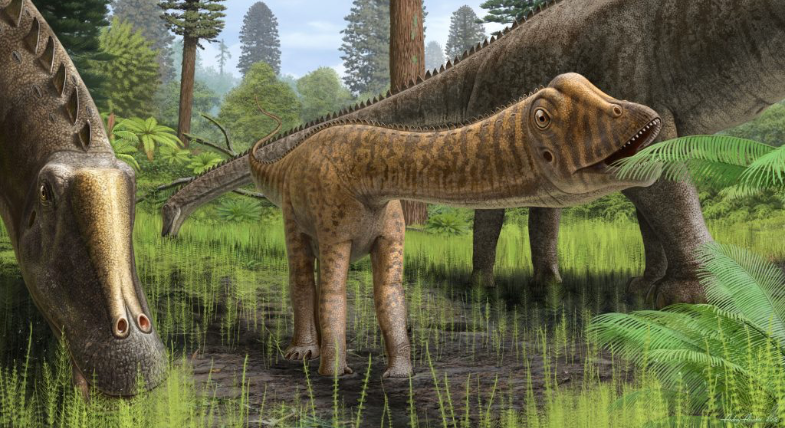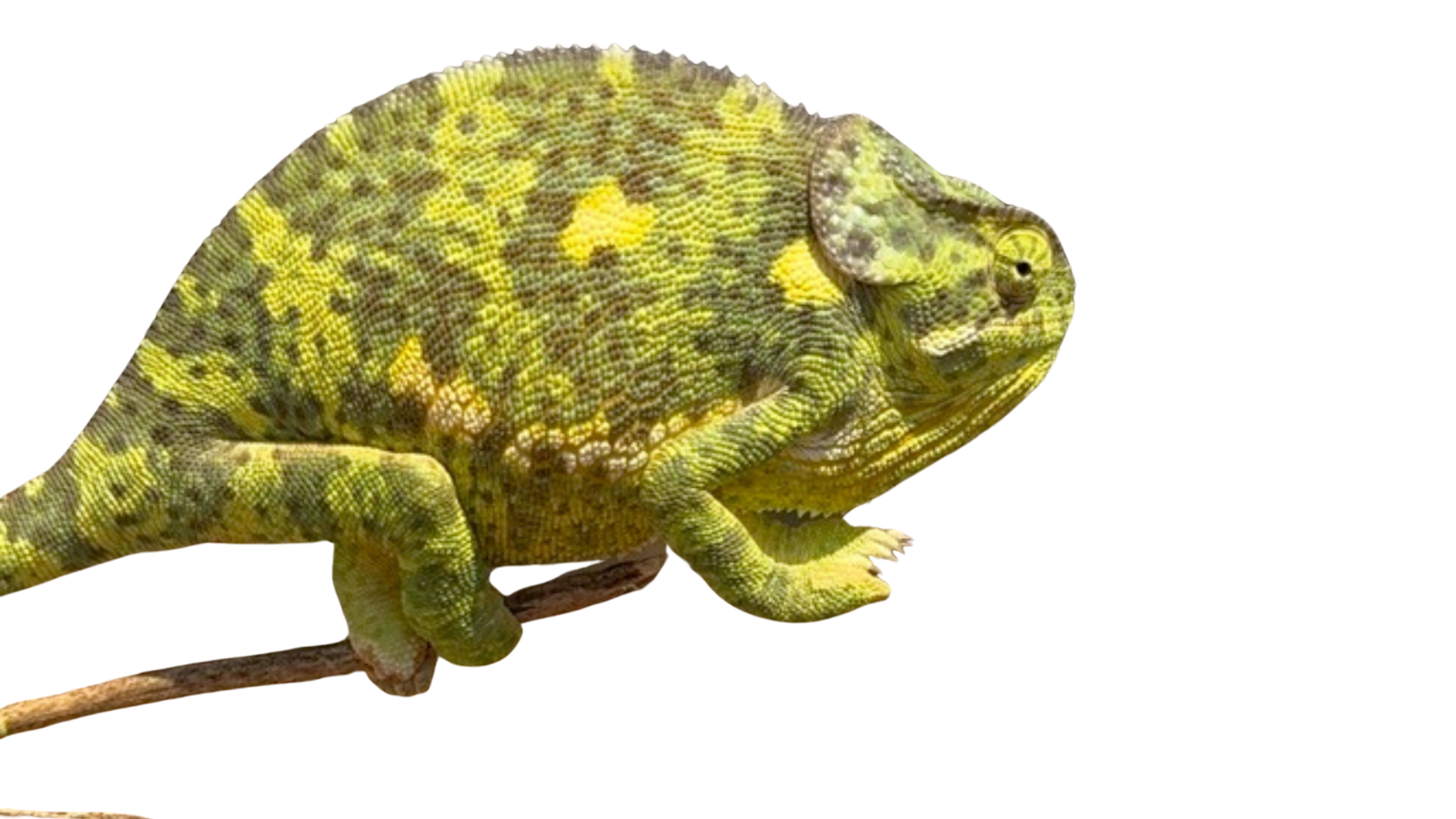Just like meeting your friend’s parents helps you understand that friend, Sauropod dinosaurs can help us understand us to understand our own herbivore-maintained-ecosystems.
But before we get into that I must reluctantly do the almanac section, where I tell you what happened here on the ranch, even though it’s been pointed out that there were no Sauropods here at all. We have been dry the last week and with the big king tides at the end of the year, we have dried out fast. The west side is completely above water. I am itching to go out and plant willows and I am hoping that my tractor gets here before it starts to rain again. Supposed to arrive Monday.
Abel, our two-year-old, has taken the opportunity of good weather to dig for mammoth bones in the sandbox, and he has had good success. There is a team of experts with a forthcoming paper that suggests that these are not mammoth bones at all. They say that the taphonomy of the site suggests that the so-called ‘sandbox’ is, in fact, the pile of sand leftover from the construction of the foundation of our house this summer. This is evidence that Abel’s Dada is cheap and lazy. In addition, the proximity of the wood trash burn pile to the sand pile suggests that these so-called ‘mammoth bones’ are in fact buried pieces of 2X4. However, Abel has a paper, in peer review, suggesting that this is all nonsense and those other so-called ‘experts’ are actually poo poo heads.
I actually had nothing to do with the mammoth bone expedition and I don’t know how he even knew that mammoth bones are underground. I am pretty proud that he is digging for the bones of a Pleistocene mammal however. I have been a real Pleistocene mammal snob for a long time and so have considered dinosaurs ‘kids stuff.’ But since I now have a two-year-old, and I wanted to make sure he was not tainted by low brow dinosaur resources, I have all these dinosaur books floating around. And I have been reading the heck out of them. For the kids, of course. And I gotta say, those dinosaurs, it ain’t all hype. They’re pretty cool.
Take for instance the Sauropods, the dinosaur of the Jurassic. Sauropods are the long necky dinosaurs, your quintessential brontosaurus, that sort of thing. Animals in this group were the largest land animals of all time and the biggest Titanosaur sauropods were really not that much smaller than a blue whale. How could I do a history of herbivory without saying something about them?
To start out, remember what I said last week about birds being dinosaurs, just as bats are mammals. If all the mammals on the planet died out except for bats an alien paleontologist would marvel that relatives of bats built cities, or even more amazing, were the size of a blue whale. I mention this again, because there is an important way that sauropods were like birds.
It’s not their teeth. Lots of dinosaurs had beaks, betraying their relations, but not sauropods. Sauropods had teeth and those teeth were interesting not in what they had but in what they did not have, namely, any signs of wear. Sauropods did not chew their food. Those peg teeth were grasping mechanisms, gathering big bales of vegetation which were dumped down the big drop, whole.
It is here that Sauropods display their avian relations because this bale of feed plops down into what is essentially a gizzard. Just as your backyard chicken swallows stones to grind down its scratch, Sauropods swallowed big cobbles, which stone-washed these silage bales. Articulated sauropod skeletons have these stones arranged in a certain position, smooth and shiny like they came out of the rock tumbler.
Now, what if calling this a ‘silage bale’ isn’t so far off? Is it possible that fermentation happened in these Sauropod gizzards? I am not sure how we would know, but if it did happen like that, Sauropods could have been essentially both fore and hindgut fermenters. Much is made about how digestive strategies dictates herbivore size, with ruminants being mid-sized and cecal digesters being both bigger and smaller than that. I can think of some problems with this hypothesis, but is it possible that the aberrant size of Sauropods is partly due to a unique digestive strategy? Maybe not, but maybe.
However, this unique digestive strategy may have helped deal with the heavily armored vegetation of the Mesozoic. For us plant geeks, the Mesozoic is the age of gymnosperms not dinosaurs, and the cross-over between those two groups of organisms is highlighted in the fact that we call the leaves of gymnosperms ‘needles.’ Gymnosperms confronted ubiquitous herbivory by completely repurposing their leaves so that they were simultaneously thorns. This obviously didn’t totally solve the issue; Sauropods managed to survive for hundreds of millions of years and every day they had to eat a thousand or so pounds of this sort of vegetation. This despite the fact that Mesozoic gymnosperms like the monkey puzzle tree, took spiny leaves to a whole other level. Maybe the fact that Sauropods didn’t have to chew their food helped with that process. If I have to break off a blackberry branch, I’m gonna reach way back on the stem, grab it with two fingers and bend it and then lift it by the stem and drop it out of the way. I am not going to grab the whole black berry bush with the flats of both hands, at their tip, and rub it on my bare chest three dozen times, an analog for chewing.
Plants like the Araucauria completely gave up on their lower branches. I would be shocked if this was due to any other factors than Sauropods. These trees learned to treat lower branches as lost causes. In fact, better to destory those assets themselves then allow them to slip into enemy hands. Gymnosperms, in general, are much more prone to ‘self-prune,’ and when we get to the Cretaceous we can start to discuss how this strategy compares with that of the arborescent angiosperms.
One other tidbit of Sauropod biology, not immediately related to herbivory, but I will find a way to railroad it in any way. While the biggest Sauropods approached the size of a football field, their babies hatched from eggs the size of footballs. These animals had a reproductive strategy unlike most of the things we think of as megafauna. They threw a bunch of babies against the wall of natural selection to see what stuck. I have a really hard time imagining what an adult sauropod could offer one of their tiny babies, besides a good squashing, but who knows, maybe they provided some kind of parental care. Good to remember that crocodilians are megafauna, they have a general reproductive strategy similar to sauropods, and they provide at least a certain level of care up to a point.
I am going to hammer this square peg of info into the round hole of this blog post by pointing out that those of us that live and work in modern ecosystems shouldn’t assume that we know how paleoecosystems functioned. But sometimes it helps.
The paleoecologists say that vegetation during the Jurassic was very open. There are at least some authors that describe these as ‘fern prairies,’ which sounds evocative enough to be a Disney movie. One book that I am reading for instance attributes this to the extreme aridity of Pangea and ‘possibly fire.’ That particular author goes on to say, that obviously the vegetation had to be kind of open or how would a Sauropod get around. Now, I am sure that things were drier on Pangea, but the fact that paleoecologists are reluctant to draw the arrow both ways and create a feedback loop between Sauropods and vegetation… well, its a little shocking. I can only put it down to very little exposure to living breathing ecosystems.
For instance, the above author commented that vegetation in the Jurassic had to have been open or Sauropods would not be able to get around. Well, take that one step further. If the vegetation wasn’t open before they started walking around, it certainly would be after.
We have five hundred acres of bottom ground that has basically not a single stick on it. If I was to pull the cattle off of it, it would quickly become the thickest, nastiest, most tangled jungle you could imagine. This is all with cattle, who in the Mesozoic would have been downgraded to mere mesofauna. The entire island of Ireland shows you can keep out trees even with little sheep. Why it is such a leap to think that Sauropods (which were twenty, fifty, even a hundred thousand pound) would influence the structure of the vegetation?
As one last instance of how you can’t infer things about the past by looking at the present ecosystem, take the giraffe. They have long necks too. Giraffes are obligate browsers. They cannot graze. They have a hard enough time getting a drink of water. You’d think that sauropods would be like giraffes just two or three times more so. But no. The evidence indicates that Sauropods may in fact have been ‘mixed feeders,’ the term used by your mammologist friends to indicate that an animal is equally comfortable browsing and grazing. Some have proposed that the Sauropod neck facilitated a feeding strategy where the animal could keep its body still and move its neck around to eat low growing vegetation. Seems crazy to me, but the evidence seems pretty robust they ate low vegetation. But you’ll notice that I have not said a thing about grass yet. That’s because there is not the faintest evidence of grass in the Jurassic. When the first evidence for grass does show up, it shows up in fossil Sauropod poop, but that isn’t for another twenty million years after the Jurassic is over. Grazing, in modern ecosystems, is by definition ‘eating grass.’ Next week we will take up that age-old Koan, If grazers eat grass, and there were grazers before there was any grass, then what did they eat?

